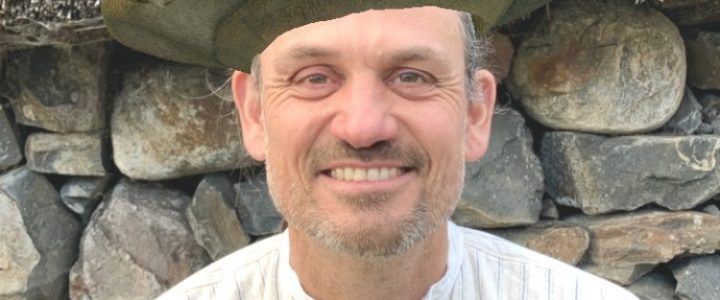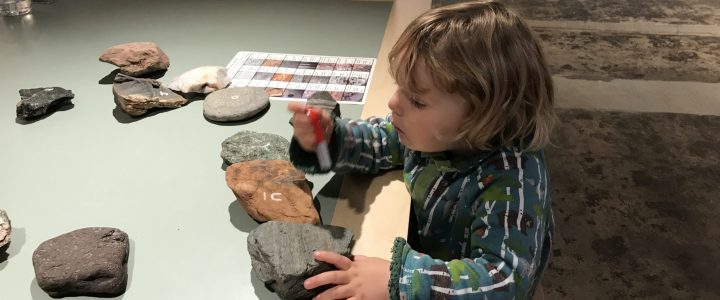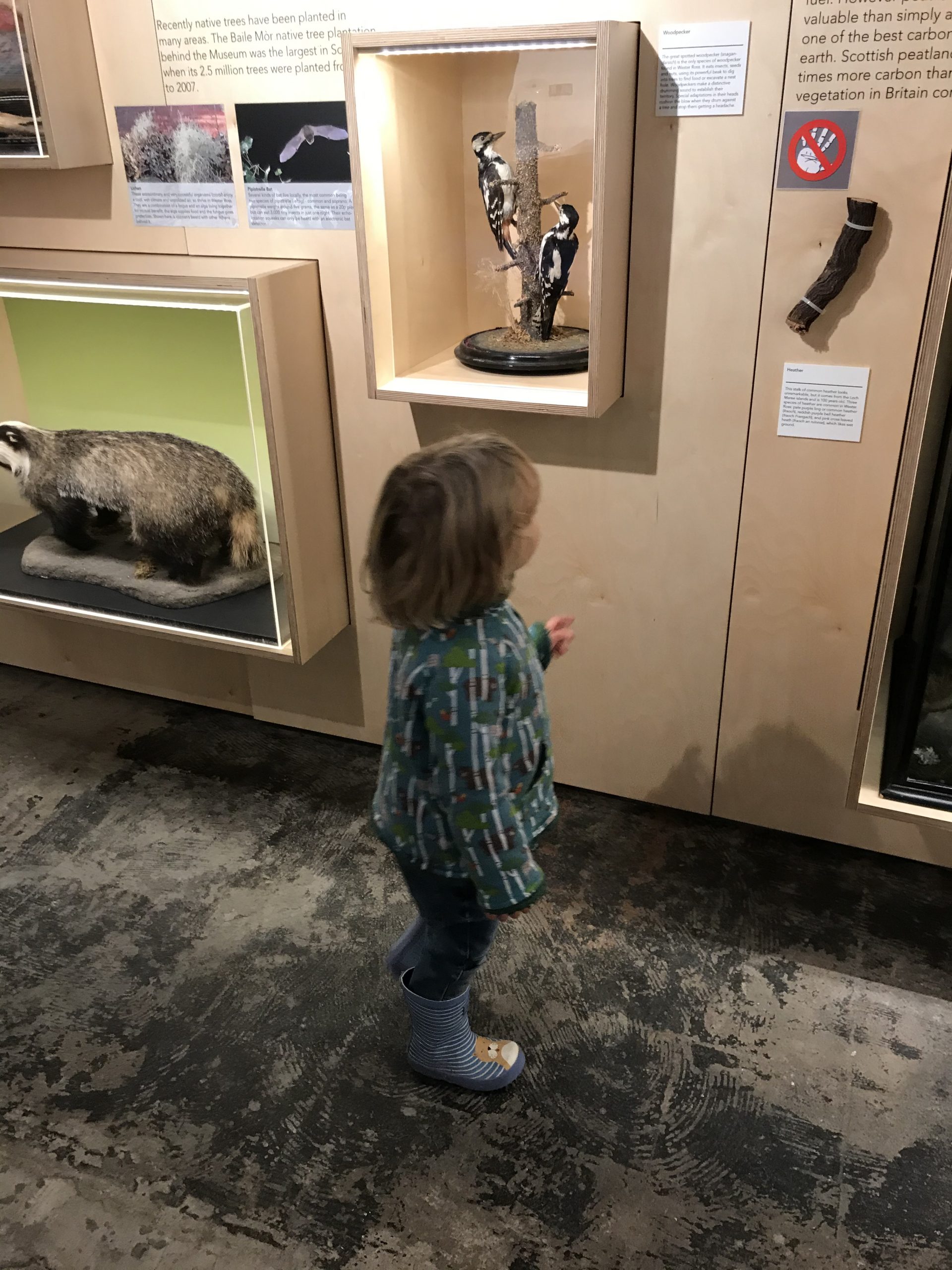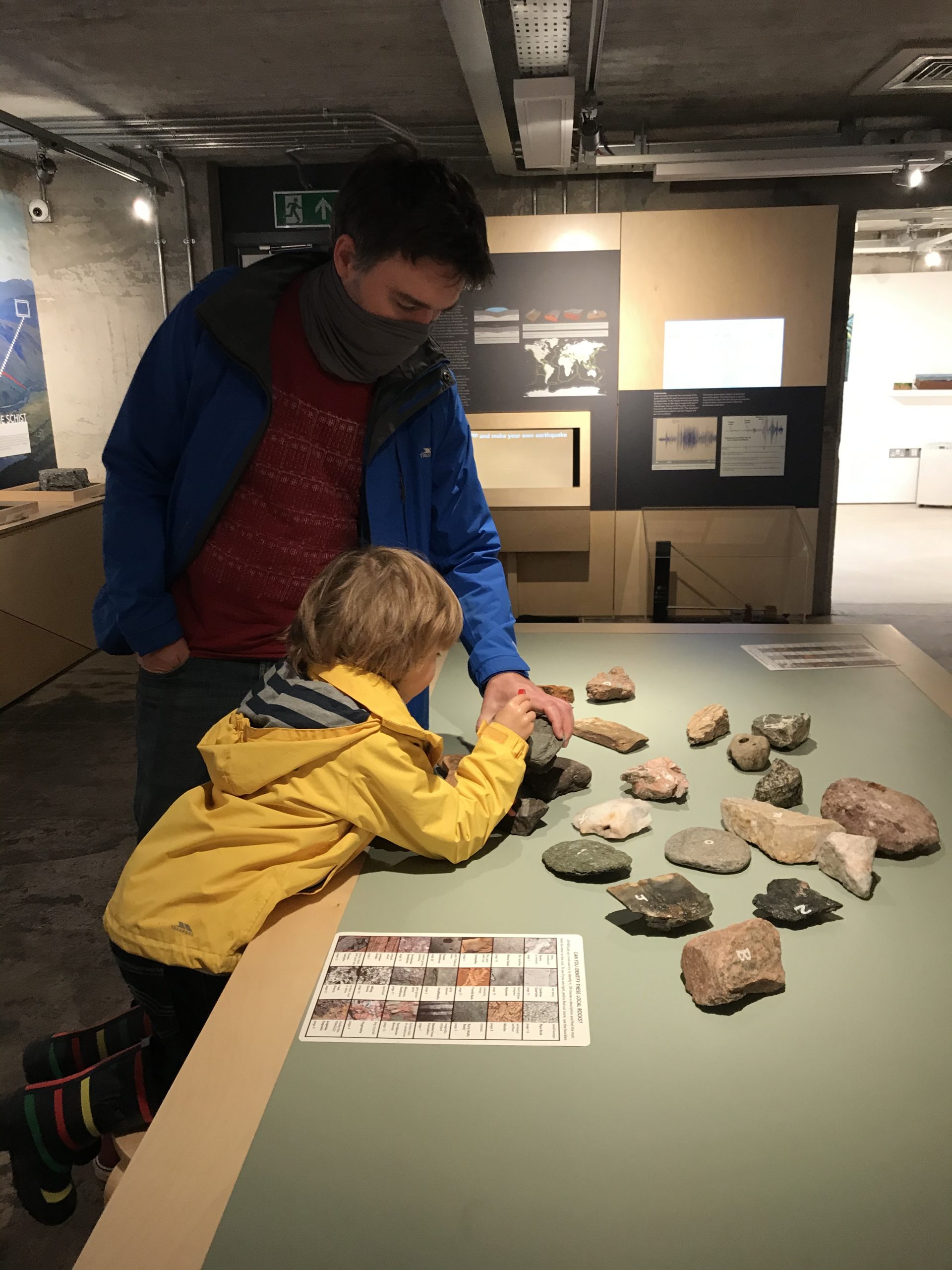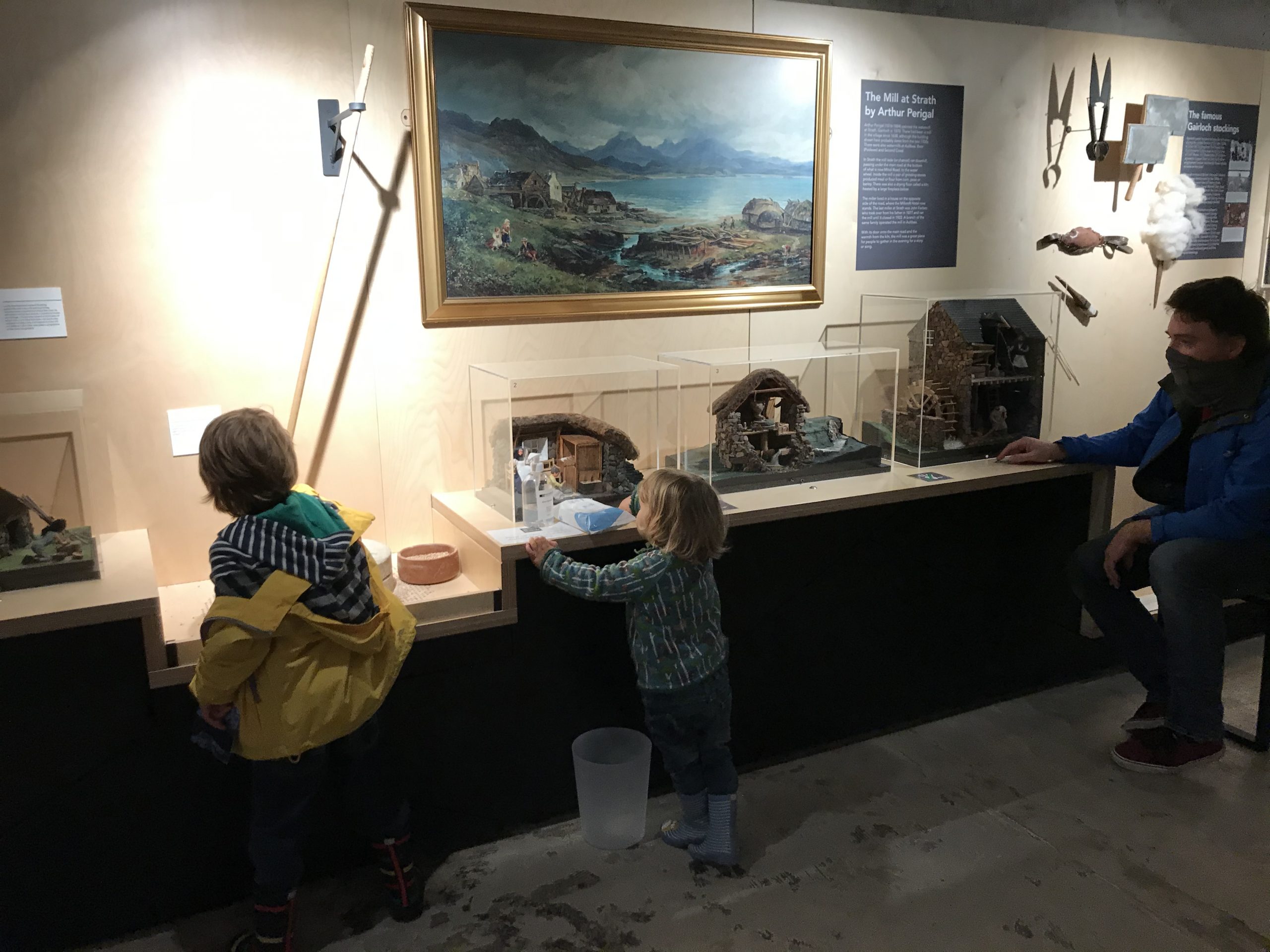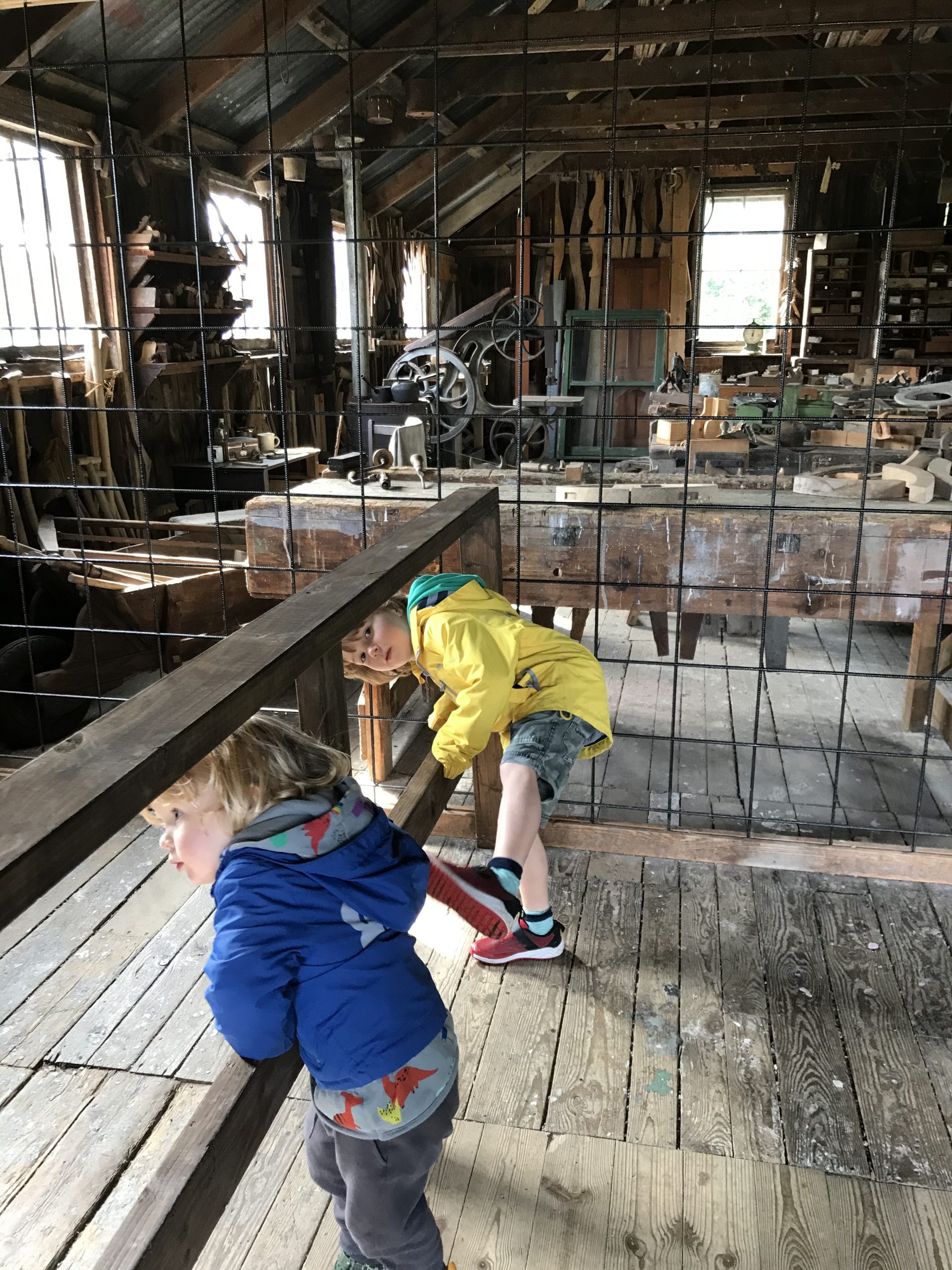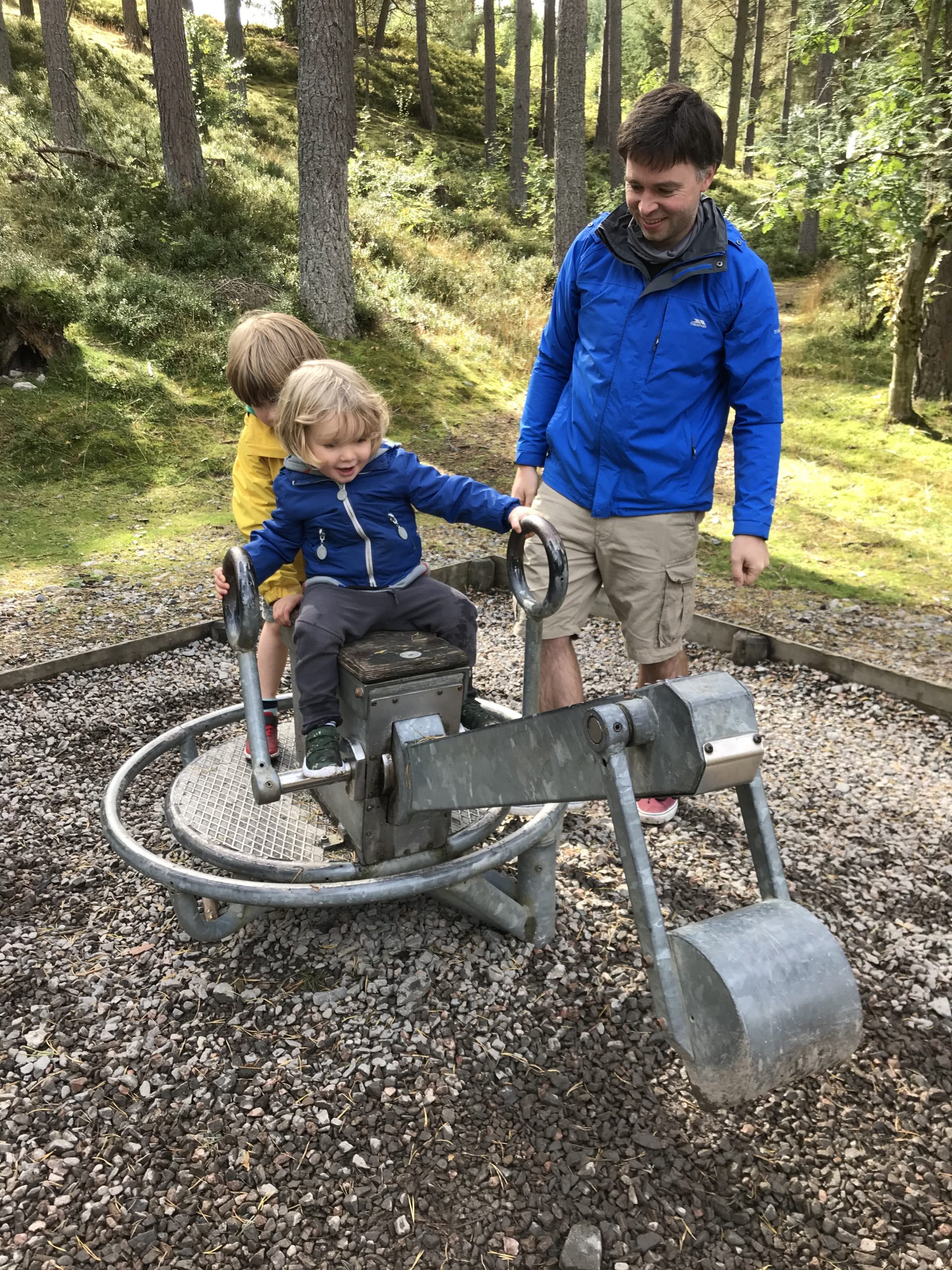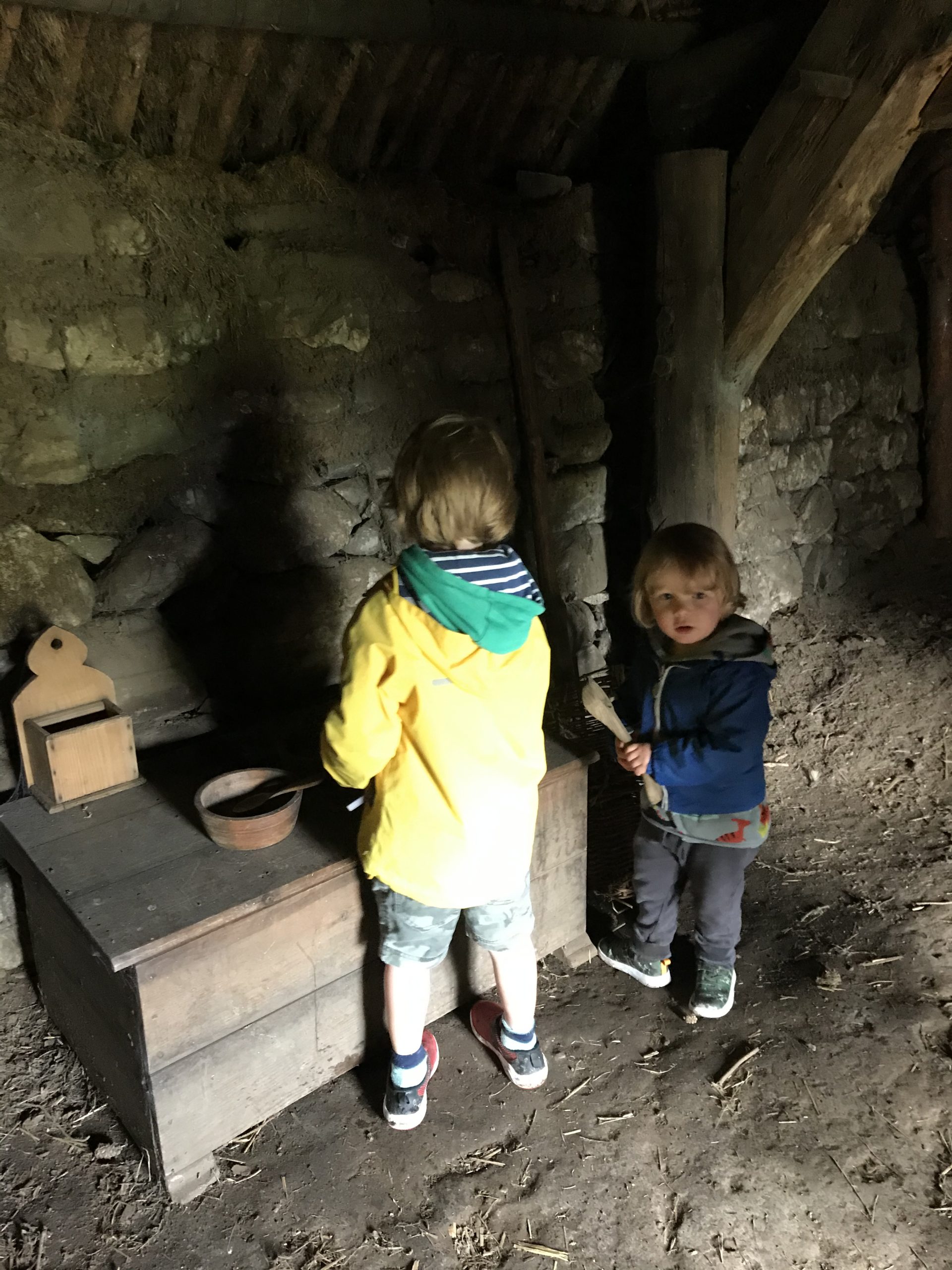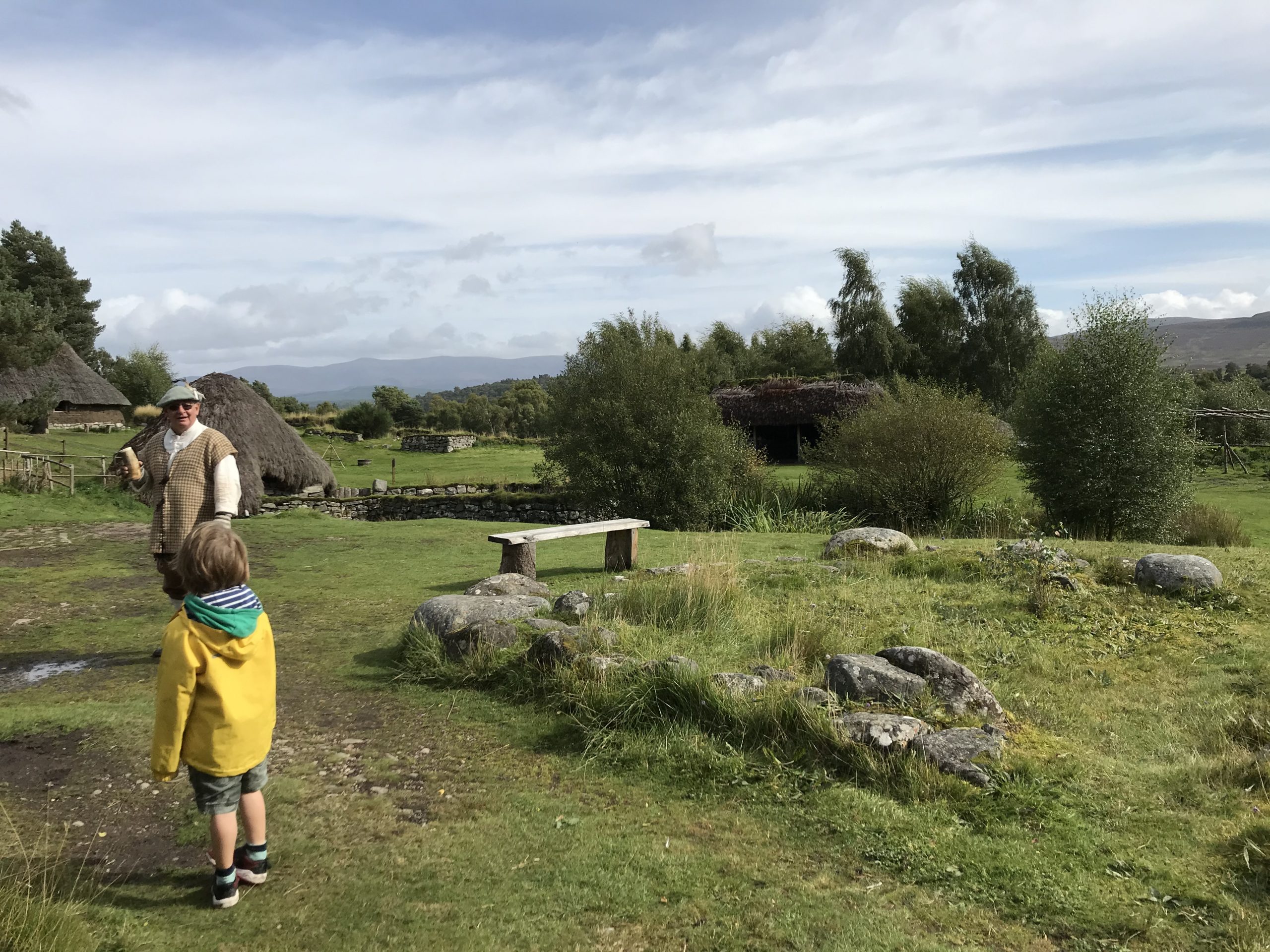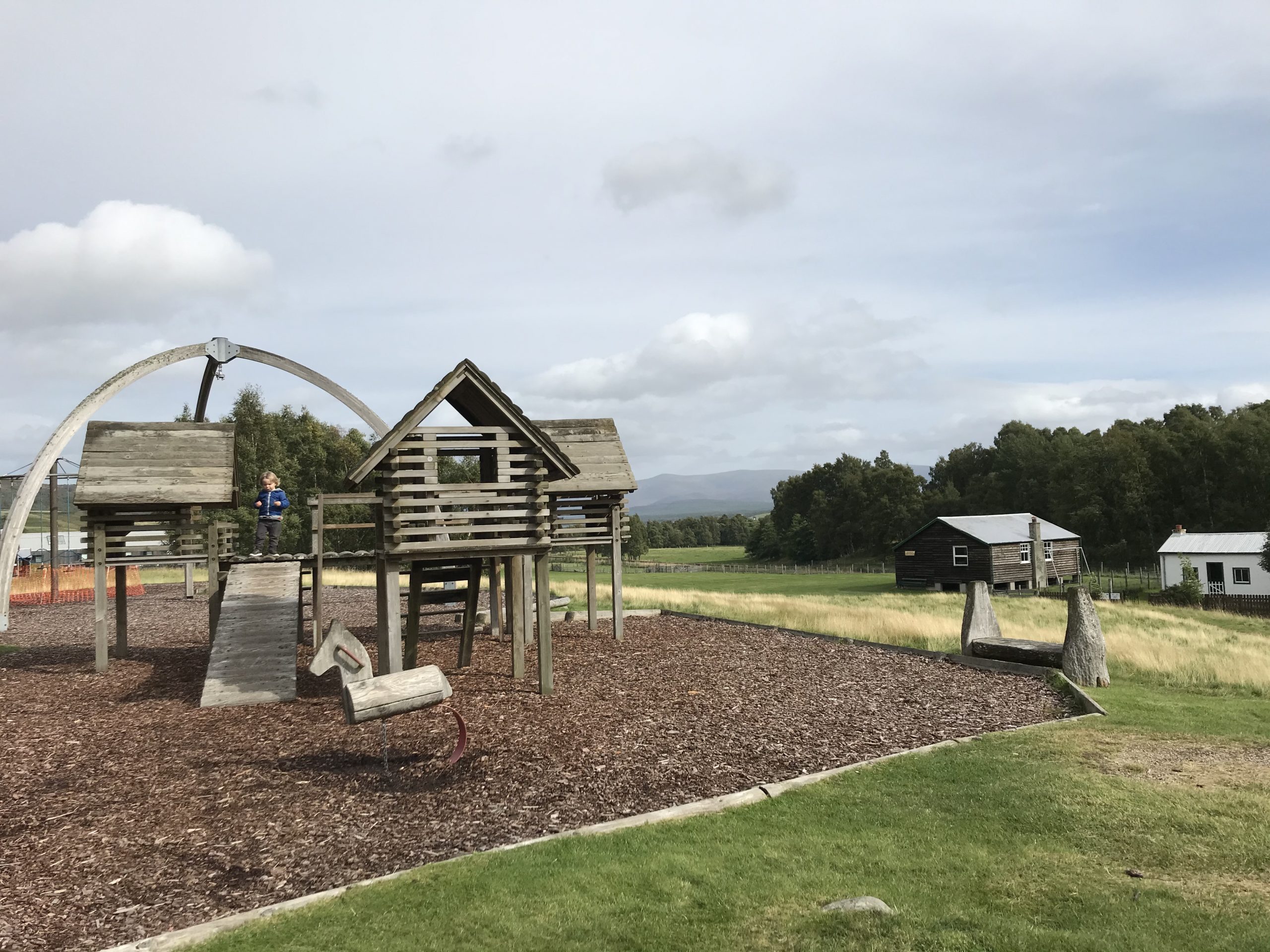Helen Pickles, curator at the Highland folk Museum, tells us all about the development of their digital dressing up filters and how they are using them to engage new and existing audiences.
Aside from the threat of moths and light damage, and the problems posed by delicate fabric and never enough storage space, there’s an additional challenge with costume collections…fighting the desire to dress up! Conservators can breathe a sigh of relief though, as the days of wearing one’s collection has long gone. The founder of the Highland Folk Museum, Dr Isabel F. Grant, had some of the 19th century dresses in the collection modelled by local girls (with tiny waists), and the images made into postcards. Former Curator Ross Noble was known to wear a tam o’shanter from the collection for events in the 1980s and 90s, but it’s a practice we’ve now, somewhat begrudgingly, left behind.

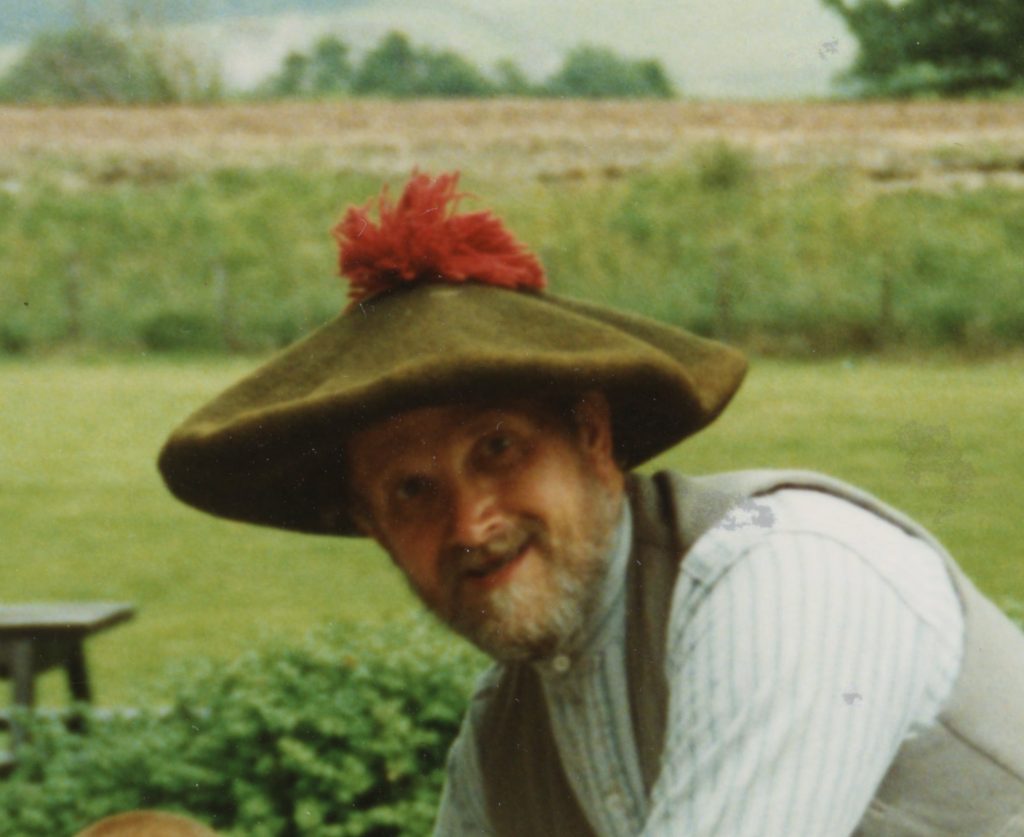
We’ve recently been trying out an alternative way to experience the items…Augmented Reality dressing up.
In 2021 we received funding from the Esmeé Fairbairn Collections Fund which allowed us to get creative and develop a social media filter to let visitors try on something from the collection. This was a part of a wider project in which we also created digital tours of some of the historic buildings, to bring our collections to a wider online audience.
After some research and looking at the capabilities and costs of the technology, we decided to stick to the head and shoulders rather than going for a full body experience. “Virtual trying on” has been used for a few years by opticians and glasses frames providers, to allow customers to test out what style suits their face, and it works well. Head movement tracking technology is advanced enough to give a convincing result, with the accessory matching the movement of the head. However, we couldn’t find any museums who had used this tech to engage users with heritage hats or accessories, so we were excited to give it a go and see what we could do.
We selected two hats from our collection which are quintessentially Scottish – the green tam o’shanter with red toorie as modelled by Ross Noble, and a 19th century white cotton mutch, with frills and a ribbon fastening. Both were in good condition, stable enough to be handled, packed and transported, they would hold their shape when photographed, and there were no very thin or transparent areas (such as lace) that would cause problems in data capture.
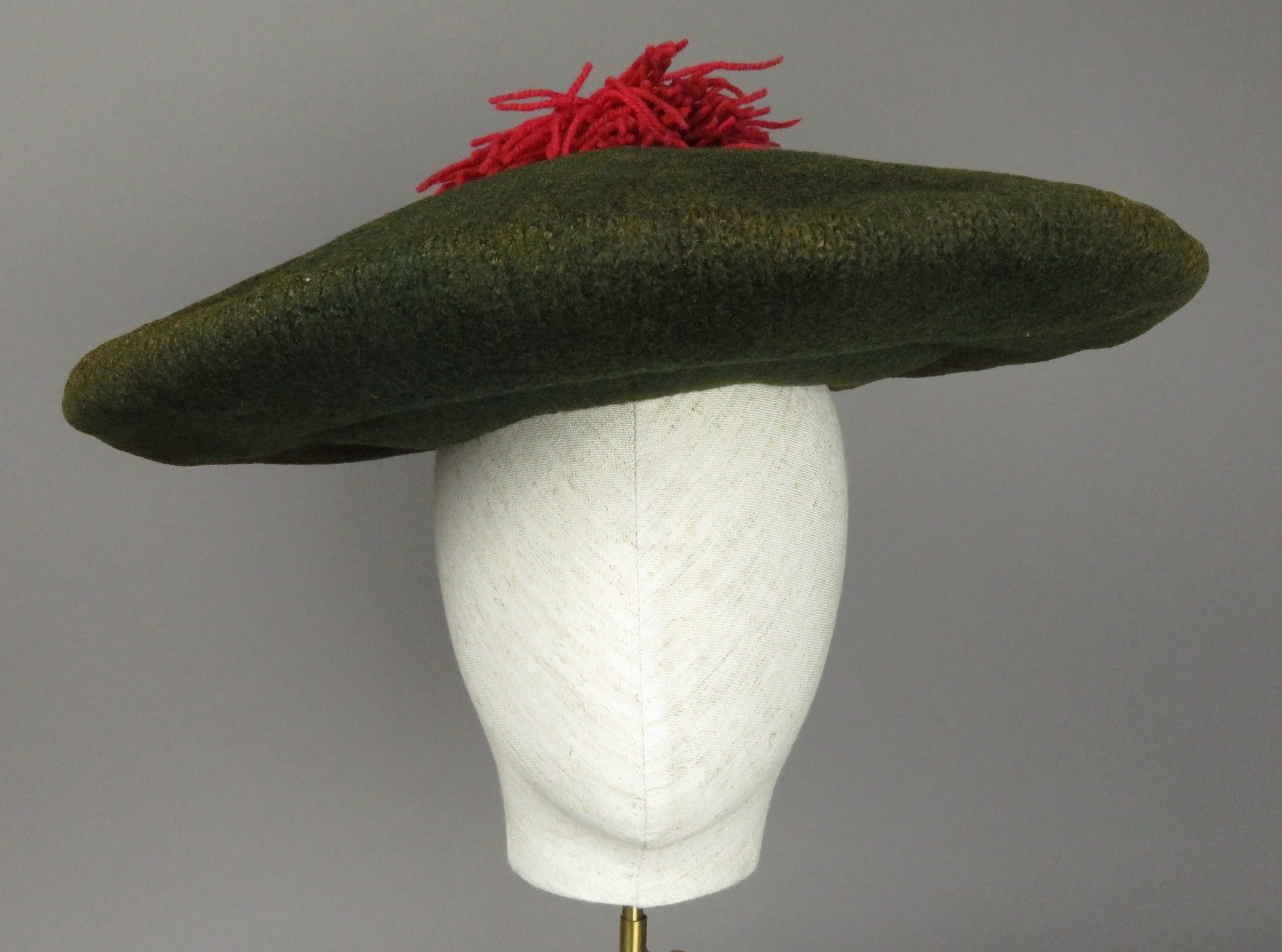
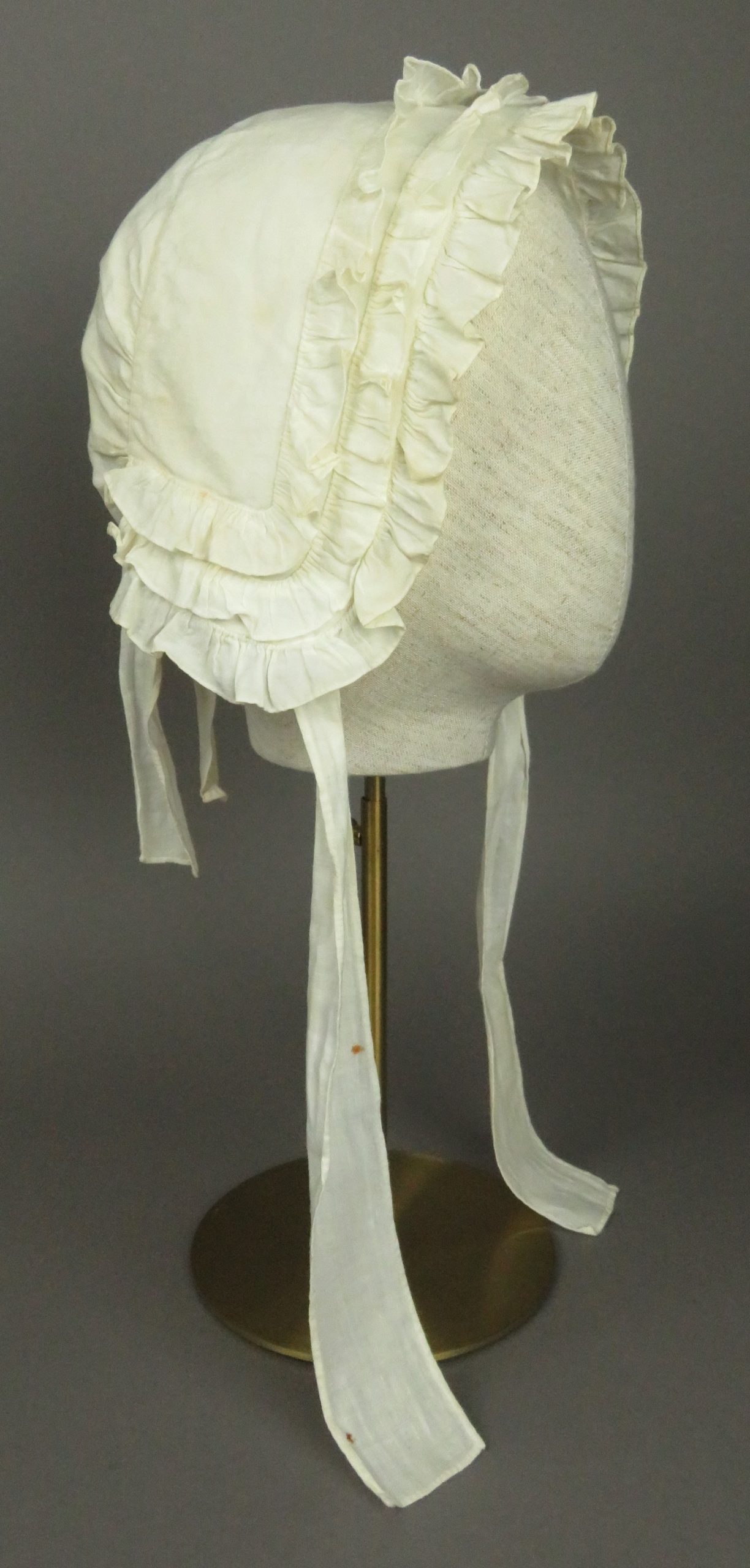
The first stage of the process was to create a 3D model, then second stage was the production of the filter. Both of these are specialist skills that we didn’t have in-house, so we worked with two external companies on this project; AOC Archaeology Group and Dynam design agency.
AOC Archaeology are experts in 3D scanning and photogrammetry. They usually work with archaeological remains, sites or buildings, but were very keen to take on the challenge of recording smaller museum objects, in particular textiles items.
The bonnets were couriered down to the AOC studio and lab in Edinburgh, and photogrammetry (hundreds of photos taken from all angles, then digitally pieced together to form a whole) was used to produce the 3D models. There was some discussion about the angle of the tam o’shanter upon the head. According to James Logan, writing in his 1876 book “The Scottish Gael”, the inhabitants of Badenoch, Strathspey, Strathdon etc wore their bonnets cocked, so that provided our answer.
Once the photogrammetry had been completed and the 3D models finished, Dynam took over to create the digital dress up effect. Rather than creating a whole new app to achieve the result, they recommended an Effects filter which works in both Instagram and Facebook – two platforms where we already have an established audience.
After some back and forth with getting the size and colour just right for each hat, we ended up with two fantastic results. The final part of the creative process was taking the promotional shots. My colleague Hannes Schnell and I modelled the hats with the 19th century thatched Highland Cottage in the background, a building that fits with the era of the bonnets. Our seasonal Costumed Interpreters wear mutches, and now visitors can too!
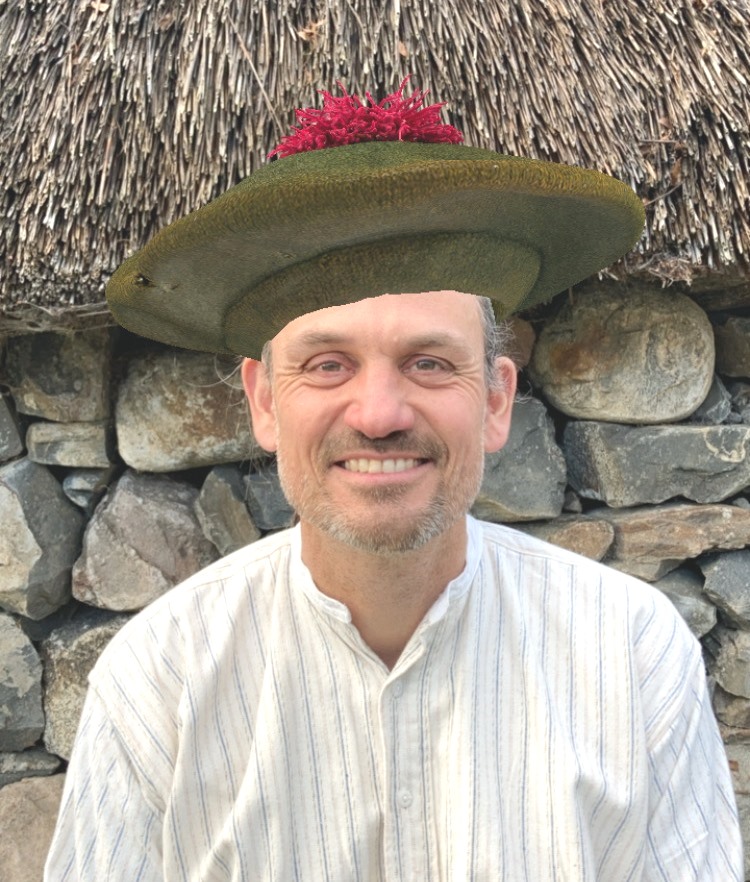
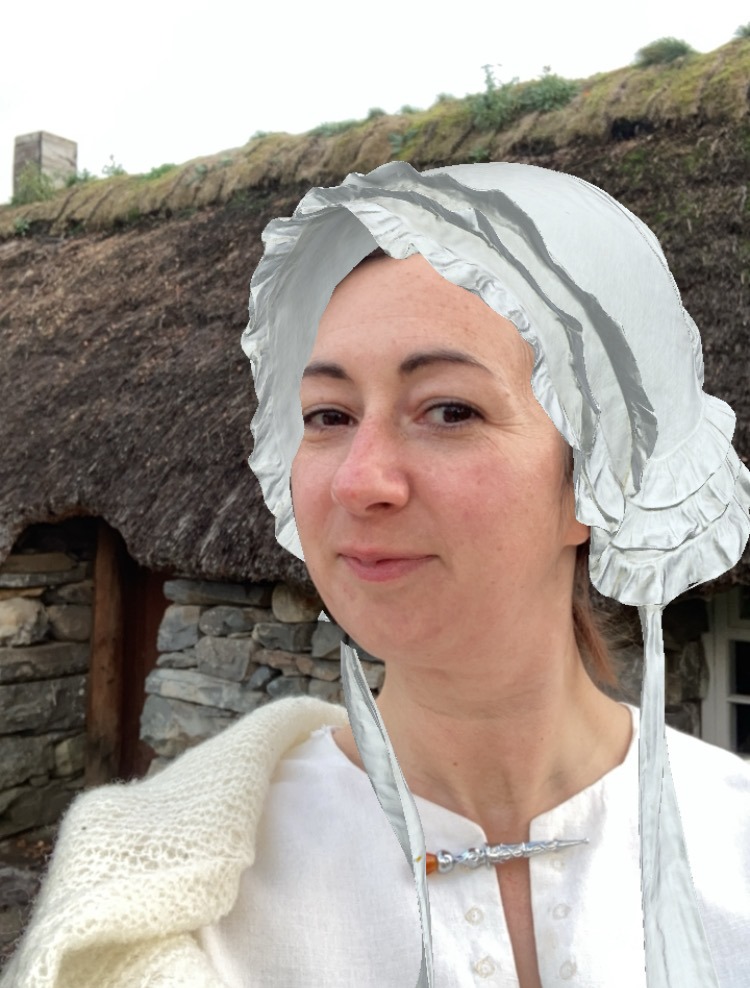
The filters were launched in late November 2021, and promoted in the local press and across our social media. They received a very positive response, with hundreds of views within the first few days. We encouraged our online audience to share images of them trying on the bonnets, and tag HFM in their posts. It seems like people are a little shy at doing this, as although the filters are being opened and viewed, users are about three times as likely to save the image than they are to publicly share the images on their posts or stories.
Usage of the filters has been a wee bit quieter over the start of this year, but has picked up again since the museum opened to the public in April. Promotional posters around the site include QR codes to take visitors directly to the effects, which really helps in finding them. If you’re not used to using social media Effect filters, it can be tricky to find them until they’re pointed out, so we’ve found that providing direct links works really well in getting people there.
We’ve received positive feedback from visitors on site too, with staff reporting lots of laughter and giggles with people trying on the hats. Trying on the tam o’shanter or mutch with the backdrop of the historic Highland buildings (or in the comfort of your own home) is a bit of fun – go on, you know you want to!
Use your smartphone or device to try on the bonnets with the Facebook or Instagram apps:
Tam o’shanter
Facebook – https://www.facebook.com/fbcameraeffects/tryit/427288852174950/
Insta – https://www.instagram.com/ar/427288852174950/?src=vc
Mutch
Facebook – https://www.facebook.com/fbcameraeffects/tryit/2989676021274799/
Insta – https://www.instagram.com/ar/2989676021274799/?src=vc
Image credits: Highland Folk Museum/High Life Highland

